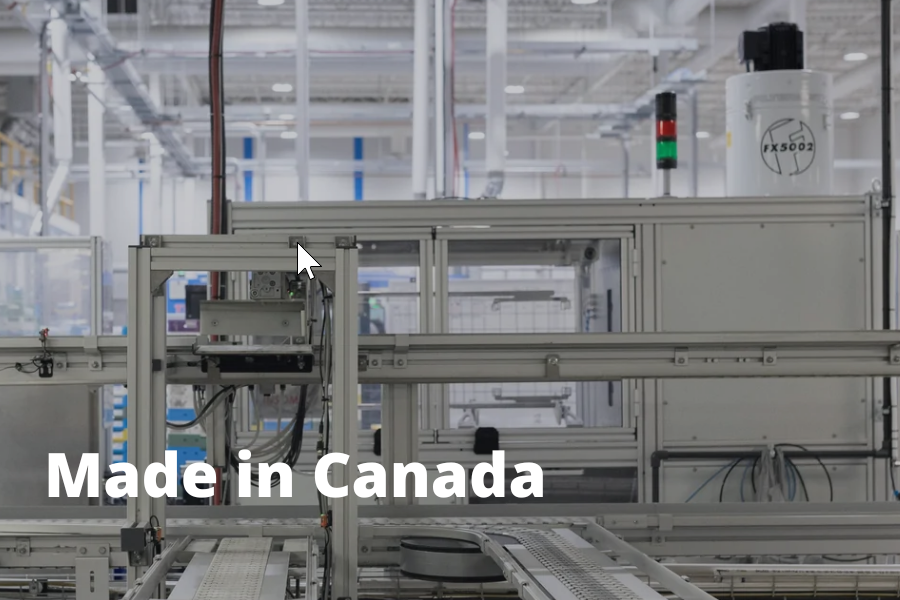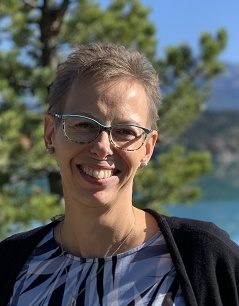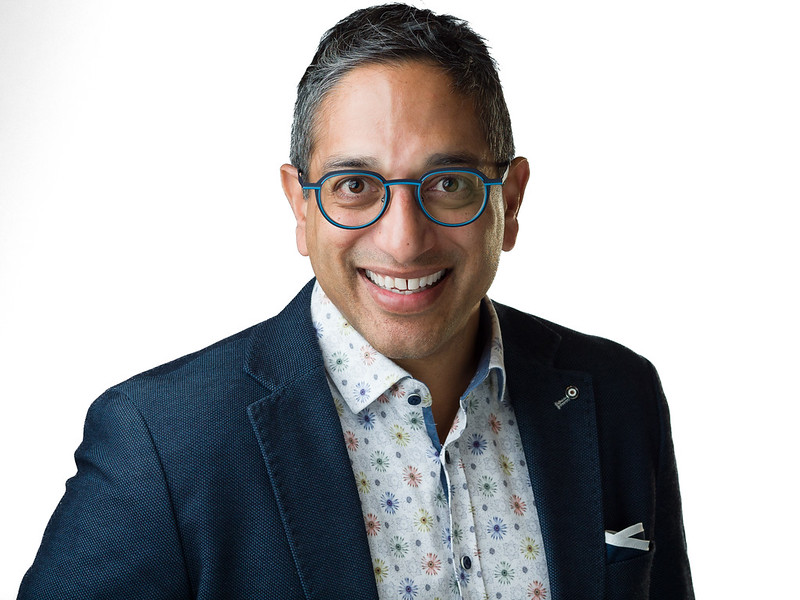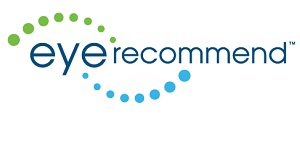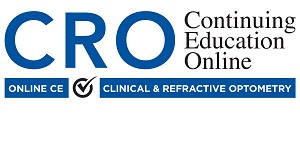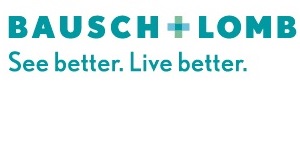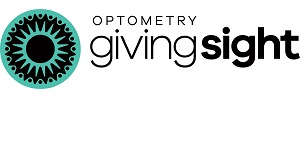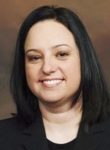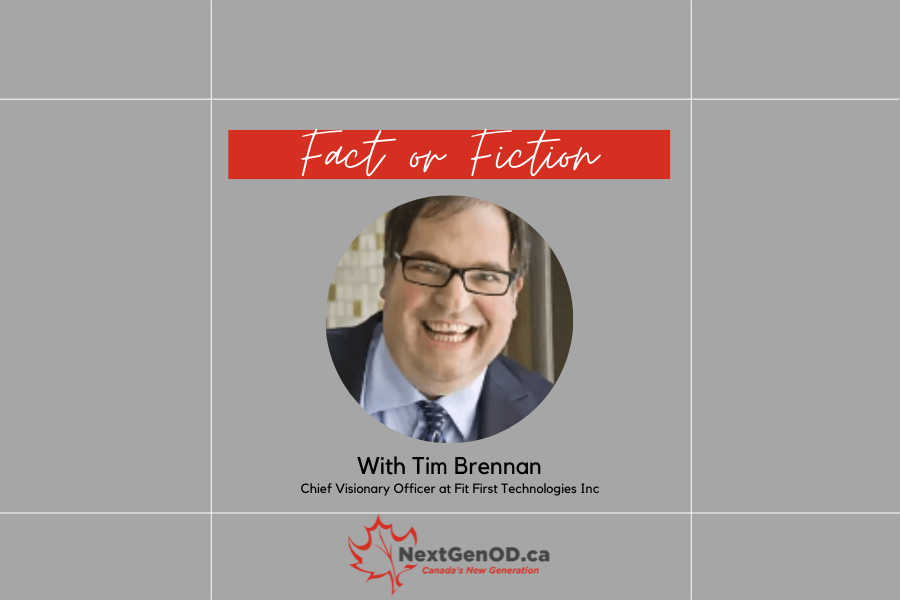
Fact or Fiction?
The best way to gain an advantage over my competition if to hire away their top performer.
Their loss = my gain (or so the thinking goes!).
Bad idea.
True, high performers share a set of characteristics and core attitude, but much of their performance is tied up in other factors that are external to them.
The factors can be summarized into four primary categories:
- Fit with the manager/practice owner
- Fit with the critical aspects of the role
- Fit with the people around them, and
- Fit with the practice culture and systems.
Most often, poaching talent results in three losers – you, your competitor, and the fallen star.
The fact that they are a consistently top performer in another practice, even in a similar role, is not a guarantee they will achieve the same results in your company.
A far more effective strategy is to identify people who have the capacity (and Skills) to do well in the reality you present.
When you find candidates who are at their best in the management climate you offer, who are drawing from their natural strengths and talents in the role you offer, who engage easily and productively with the rest of the team and your customers, and who are proud to contribute to the organization … you have a winning combination.
And it might not be the person you think it is.
The most valuable competitive advantage for any business is to staff with star employees who perform better and stay longer.
That’s the Fit First philosophy.
FICTION: More often than not, hiring away the competitor’s star performer results in a three-way loss: For you, the competitor and the individual. It will also not ingratiate you in your professional community, and eventually you may need each other.
Fit First Philosophy starts with this premise. Hire for Fit, and then train as needed.
Save yourself time and money.
This post is sponsored by EyePloyment.com and Fit First Technologies
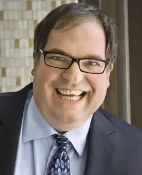
TIM BRENNAN
is Chief Visionary Officer with Fit First Technologies Inc, the creators of Eyeployment, TalentSorter and Jobtimize.













